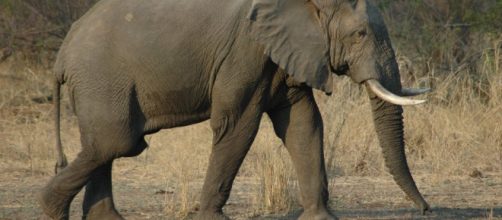An International team of scientists from McMaster University, Uppsala University, Harvard Medical School, and the Potsdam University has successfully carried out the genome sequencing of both ancient and modern-day elephants.
The team of scientists meticulously sequenced fourteen genomes from several elephant species which includes, extinct and living species from Asia and Africa, a Columbian mammoth, and a couple of American mastodons. DNA analysis conducted on these animals revealed that interbreeding was quite among ancient elephant species.
Interbreeding helped mammoths to survive
According to the researchers, the history of elephant species is very complicated, and it was characterized by widespread interbreeding. The researchers added that the behavior of interbreeding might have helped species like mammoth to survive for a long time on earth in adverse conditions.
Citing an example, the DNA analysis of an ancient straight-tusked elephant revealed that it was a hybrid being whose genomes consisted of genetic makeup from an ancient African elephant, the mammoth and present-day elephants which are seen in Asia and Africa.
Interbreeding absent in modern elephants
However, over the course of time, elephants started stopping interbreeding.
The researchers during the study found no genetic evidence of interbreeding between two of the elephant populations which roam the present day earth - the savannah and forest elephants. This finding suggests that these modern-day elephants lived in isolated conditions for more than 5,00,000 years. These elephants had the chance for interbreeding as they lived in neighboring habitats, but they restrained from doing so due to unknown reasons.
Many experts believe that the absence of interbreeding among modern elephants may drastically reduce the population of the species on the planet, which may finally result in the extinction. However, more studies should be done to determine whether the lack of interbreeding will pull the species to the verge of extinction soon.
The researchers who took part in the study consider this as a surprising finding, and they believe that the new discovery will allow them to know more about the evolution of this species.
Interbreeding among mammals is not something new or novel. Closely related mammals used to interbreed each other, and some classic examples are Sumatran and Bornean orangutans, gold jackal and grey wolves, and brown and polar bears. Most of the animals produced as a result of interbreeding will be hybrids, and they will have strong genetical traits of their parents. In the course of time, more advanced beings will be created, and they will have more adaptive capabilities than their parents.


